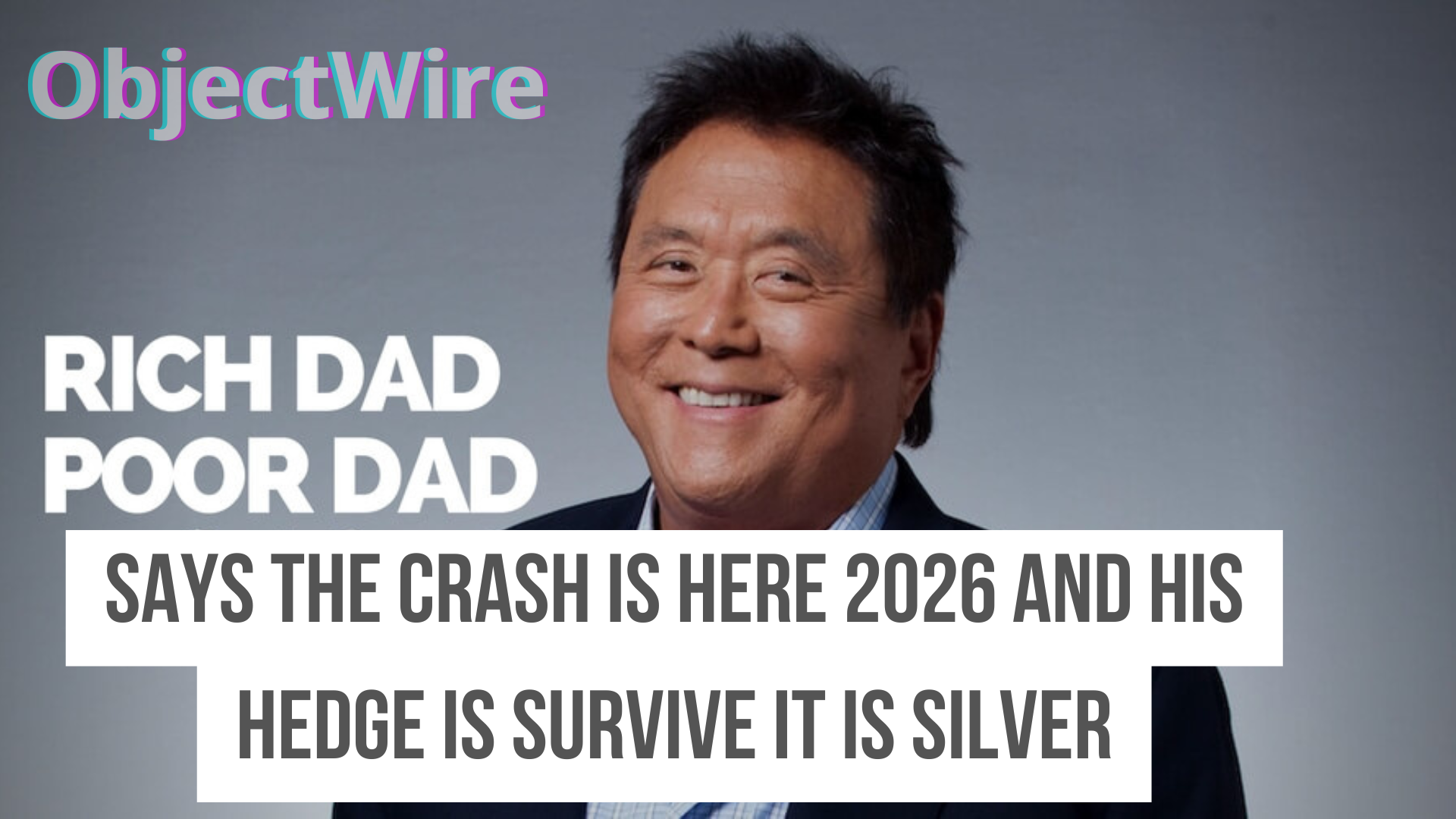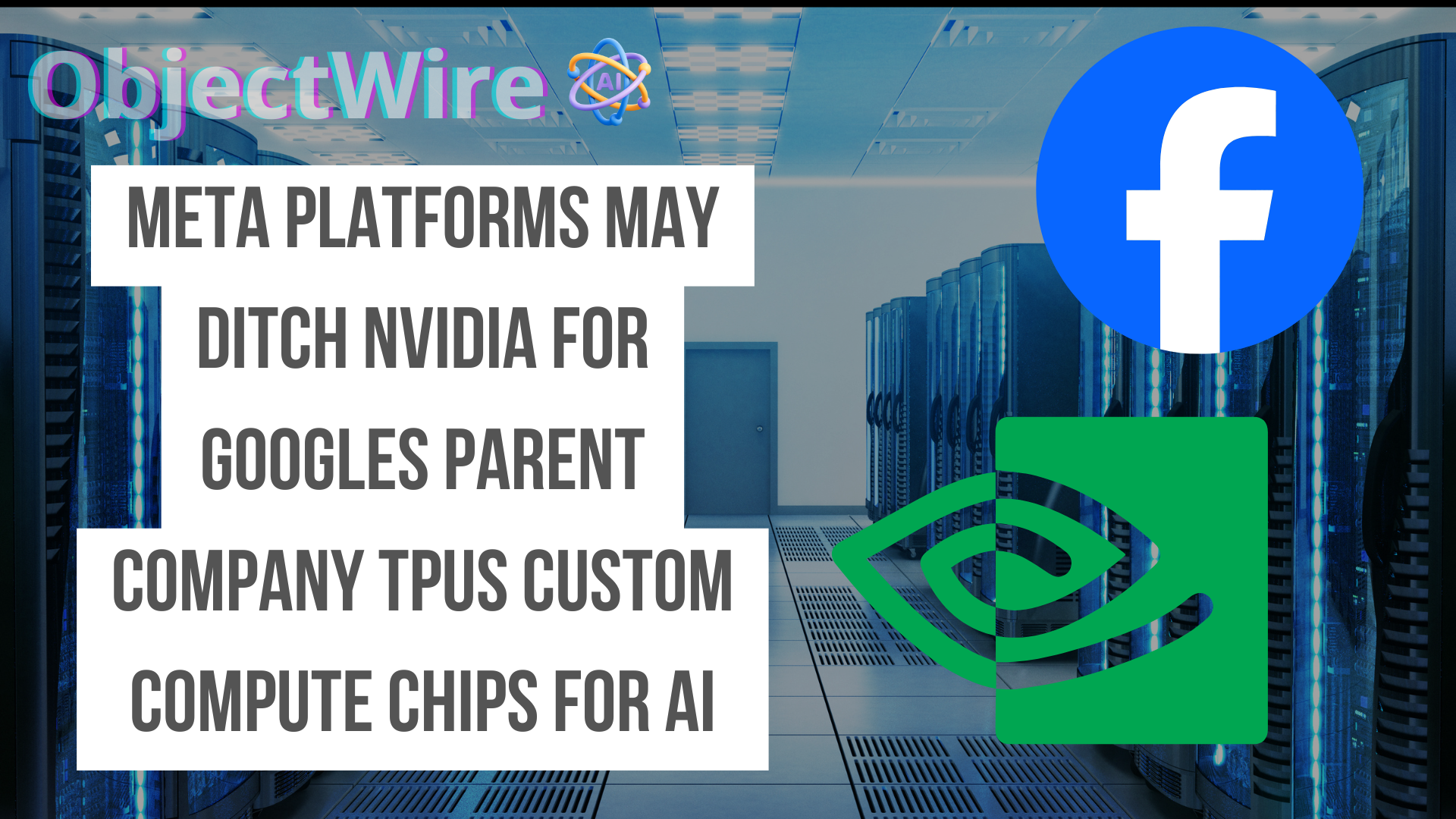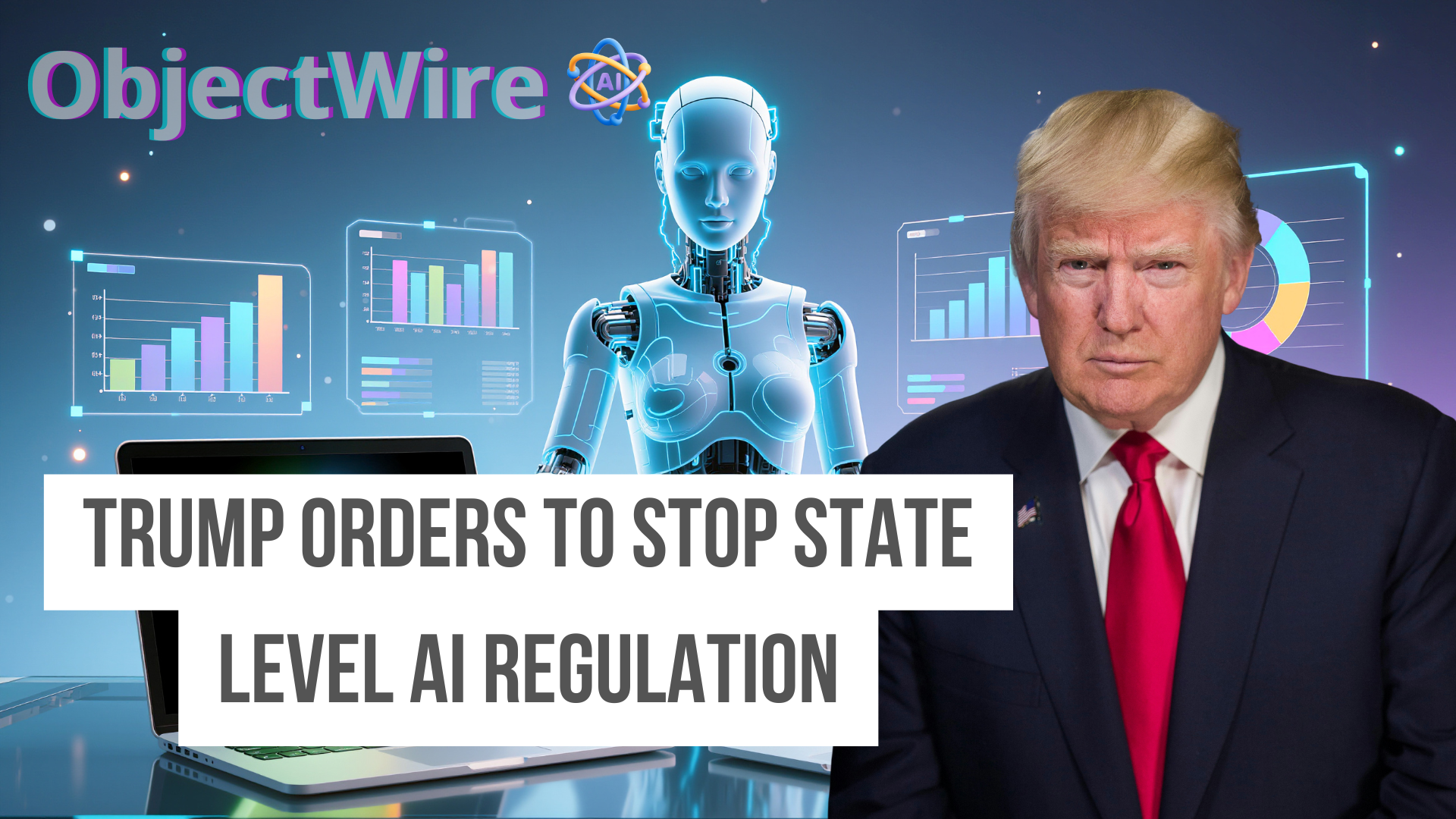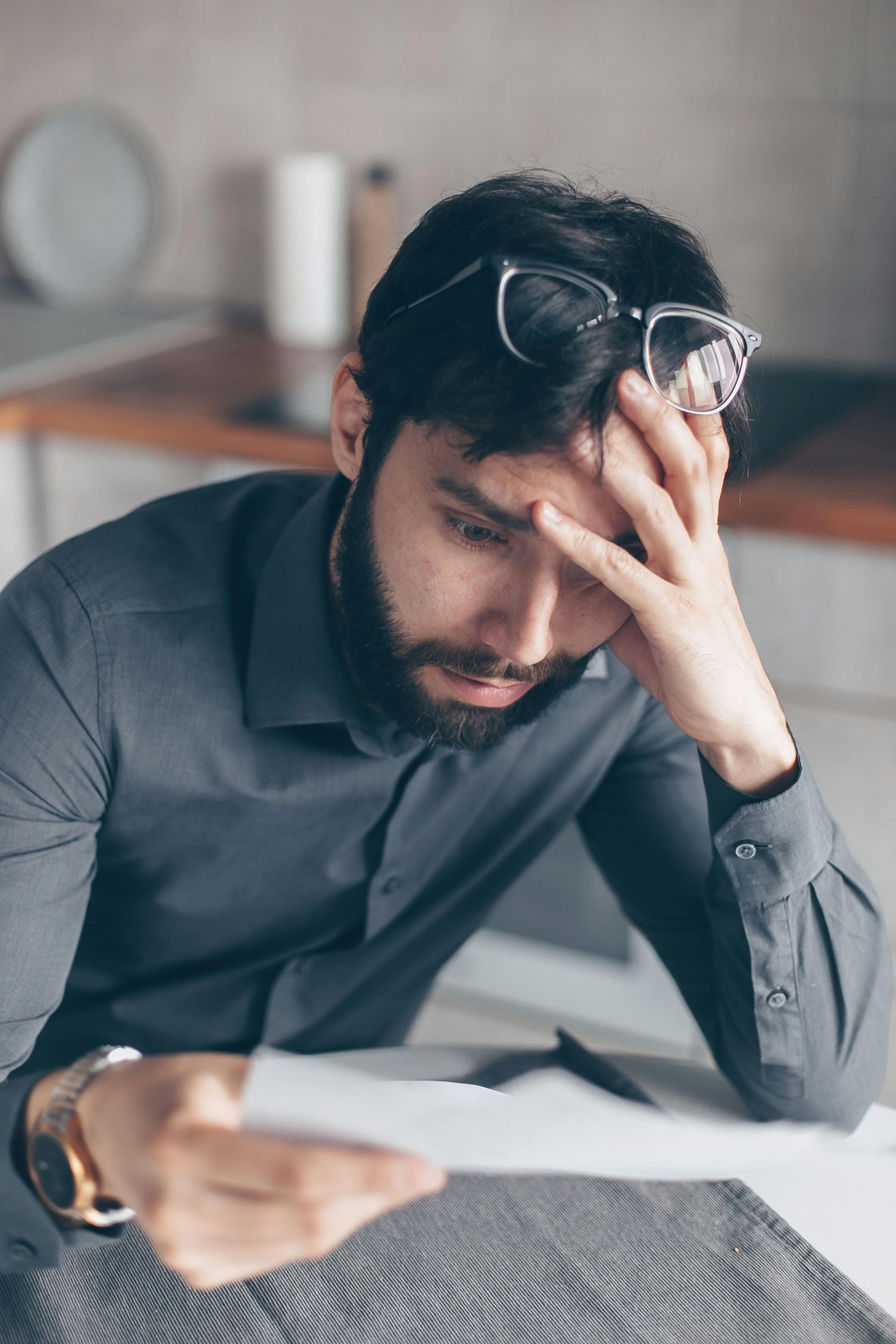Americans Dealing With Highest Rate Of Credit Card Debt In History
Rising Credit Card Debt In America
In recent years, the financial landscape in America has been shaped by an unprecedented rise in credit card debt, marking a historic high. Several factors have converged to drive this trend, reflecting broader economic conditions and individual consumer behaviors.
- One significant element contributing to the surge in credit card debt is the increasing cost of living. As housing, healthcare, and education expenses continue to escalate, many Americans find themselves relying on credit cards to bridge the gap between stagnant wages and rising expenses.
This, coupled with the prevalence of easy access to credit and attractive promotional offers by financial institutions, has led to an environment where consumers readily accumulate debt.
Moreover, the COVID-19 pandemic played a pivotal role in exacerbating the debt crisis.
Why are american's facing all atime highs in credit card debt ?
The 1970s and 1980s saw an expansion of credit card usage as financial deregulation allowed banks greater freedom in setting interest rates. This led to aggressive marketing and a surge in card issuance. Economic growth in the 1980s and early 1990s, coupled with rising consumer confidence, further fueled credit card spending. However, periods of economic instability, such as the early 1990s recession and the 2008 financial crisis, highlighted vulnerabilities in consumer credit habits, with debt levels ballooning and default rates climbing.
The surge in credit card debt among Americans can be attributed to a confluence of economic, social, and individual factors. The economic environment has played a significant role, with stagnating wages failing to keep pace with inflation and the rising cost of living. This mismatch has forced many individuals to rely on credit cards to bridge the gap between their earnings and expenses.
In addition to stagnant wages, the job market has been characterized by instability and a prevalence of gig and part-time jobs that often lack the benefits and security of full-time employment, further contributing to financial stress.
Impact Of Credit Card Debt On Individuals And Families
Banks and credit card companies may need to reevaluate their interest rate structures, extending lower rates to those diligently working to pay down existing debts.
Government intervention will also likely play a pivotal role. Policymakers could introduce legislation aimed at enhancing transparency in credit card agreements, ensuring that consumers are fully aware of the terms and potential pitfalls before accruing debt.
Additionally, initiatives to cap interest rates or provide relief for healthcare-related debt could alleviate some financial burdens faced by millions of Americans, potentially curbing future debt accumulation.
"A 5-Step Strategy to Eliminating Credit Card Debt | Paradigm Life." paradigmlife.net, 17. Mar. 2024, https://paradigmlife.net/eliminate-credit-card-debt/. Accessed 16. Nov 2024.
"Credit Cards Statistics: Everything You Need To Know About Current State of Credit Card Usage." ramp.com, 10. Oct. 2024, https://ramp.com/blog/credit-card-statistics. Accessed 16. Nov 2024.
"6 steps to tackle credit-card debt - MSU Denver RED." red.msudenver.edu, 25. June 2024, https://red.msudenver.edu/2024/6-steps-to-tackle-credit-card-debt/. Accessed 16. Nov 2024.
JUST IN: 🇺🇸 US national debt reaches an all-time high of $35 trillion. pic.twitter.com/27lJn6Z070
— Watcher.Guru (@WatcherGuru) July 29, 2024








